What is Rayon?
When talking about fabrics, ‘rayon’ is not an unheard name. I am sure some of you have clothes, accessories, or homeware items made of this material. You might be wondering what is rayon? In a nutshell, it’s a man-made fiber and yet, it’s not one hundred percent synthetic. Intrigued? Read on to find out what is rayon.
What is rayon made of?
Rayon is a natural-based material that is made from the cellulose obtained from wood pulp or cotton. It’s a low-cost and convenient fiber to work with and lends itself to diverse uses. There are several grades of rayon that can imitate the look and texture of other natural fibers such as cotton, linen, and silk. The different types of rayon include viscose, modal, and lyocell.
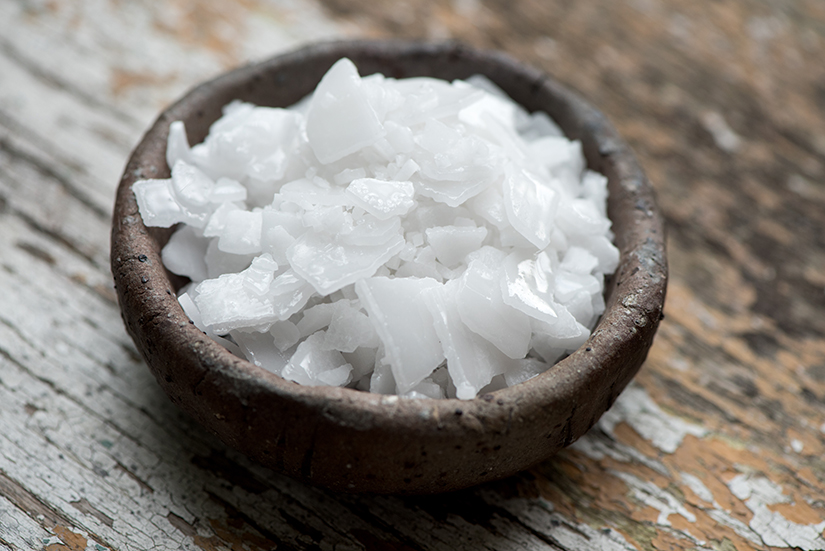
What is rayon’s origin and history?
In the 1860s, the French silk industry was in crisis because of a disease affecting the silkworm. Louis Pasteur and Count Hilaire de Chardonnet were studying this problem in hopes of saving the industry. It was during this time that Chardonnet became interested in finding a way to produce artificial silk. In 1885, he patented the first successful method to make fiber from cellulose.
For the next forty years this material was called artificial or imitation silk. By 1925, it had developed into an industry itself and was named rayon by the Federal Trade Commission (FTC). The term rayon comprised any man-made fiber made from cellulose.
In 1952, the FTC divided rayon into two categories: fibers consisting of pure cellulose (rayon) and those consisting of a cellulose compound (acetate). By the 1950s, most of the rayon produced was used in industrial and home furnishing products rather than in apparel. Regular rayon (also called viscose rayon) fibers were considered weak in comparison to other fibers used for clothing.
In 1955, manufacturers began to produce a new type of rayon, high-wet-modulus (HWM) rayon, which was stronger and could be used to make sheets, towels, and apparel. The creation of HWM rayon is considered the most important development in rayon production since its invention in the 1880s. Today rayon is one of the most widely used fabrics and is produced globally.
How is rayon made?
Rayon is made from cellulose obtained from wood pulp–usually from pine, spruce, or hemlock trees—and cotton linters, which are residue fibers clinging to cotton seed after the ginning process.
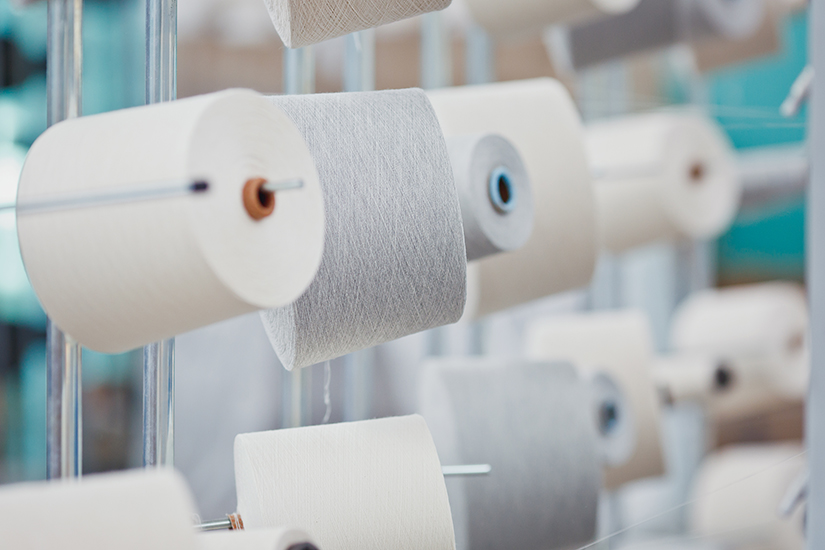
Viscose rayon is the most common and versatile. It can be blended with man-made or natural fibers and made into fabrics of varying weight and texture. It is also an absorbent, cost-effective, and comfortable fabric to wear.
High-wet-modulus rayon is a stronger fiber than regular rayon. It is similar to cotton and easy to care for. Fabrics containing modulus rayon can be machine-washed whereas those made of regular rayon need to be dry-cleaned. Whether it is wood pulp or cotton linters, the basic raw material for making rayon must be processed in order to extract and purify the cellulose. The resulting sheets of white, purified cellulose are then treated to form regenerated cellulose filaments. These filaments are then spun into yarns and eventually made into the desired fabric.
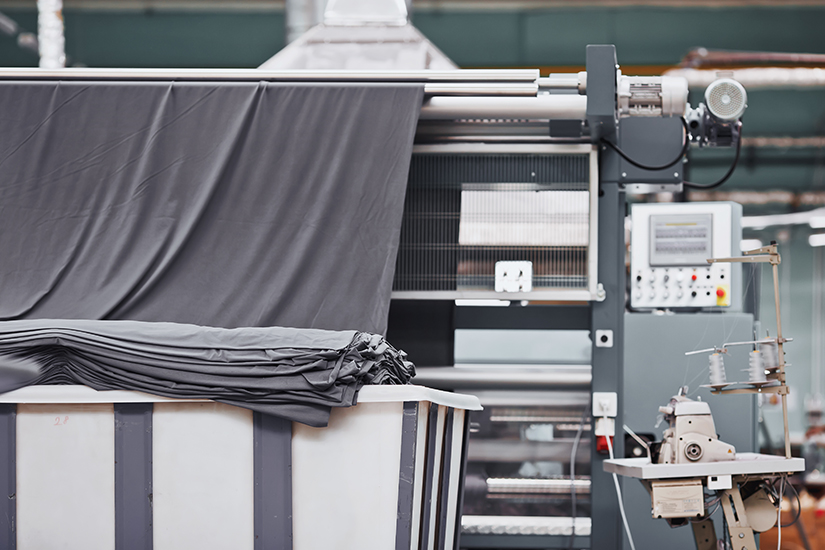
Steps involved
• Sheets of purified cellulose are steeped in sodium hydroxide (caustic soda), which produces sheets of alkali cellulose. These sheets are dried, shredded into crumbs, and then aged in metal containers for 2 to 3 days. The temperature and humidity in the metal containers are carefully controlled.
• After aging, the crumbs are combined and churned with liquid carbon disulfide, which turns the mix into orange-colored crumbs. The crumbs are then bathed in caustic soda. This results in a viscose solution that looks and feels like honey. The solution is filtered for impurities and stored in vats to age for 4-5 days.
• The viscose solution is next turned into strings of fibers by forcing the liquid through a spinneret into an acid bath. The acid coagulates and solidifies the filaments resulting in regenerated cellulose filaments. Next, the filaments are ready to be spun into yarn.
• Once the fibers are sufficiently cured, they are ready for post-treatment chemicals and the various weaving processes needed to produce the fabric. The resulting fabric can then be given a number of finishing treatments. These include calendaring to control smoothness, fire resistance, pre-shrinking, water resistance, and wrinkle resistance.
What is rayon used for?
The most common use for rayon is to make various articles of clothing and home-ware, such as blankets, sheets and curtains. Rayon can also be used for making tire cords and surgical products.
What are the advantages of rayon?
• Inexpensive but looks and feels luxurious
• Some variants of rayon are known for their silk-like feel
• Drapes well
• Breathable
• Blends well with other fibers
• Dyes easily resulting in beautiful colors
What are the disadvantages or rayon?
• Not a very strong fabric, more so when exposed to light or moisture
• Can shrink when washed, thus has to be dry-cleaned
• Can get damaged while ironing
• Manufacturing method is harmful to the environment and to the safety of the workers if the chemicals used are not handled carefully.
How do I print on Rayon?
Printing with Contrado has specifically been developed so that anyone who wants to can make their own fabrics. Simply choose an image you like, whether it’s a piece of art, a surface pattern, or even a photo, and upload it to the user-friendly design interface. Once the upload is complete you can reposition, resize, and even repeat to make the perfect fabric for your next project.
Now that you know all about rayon, get your hands on our fabric swatch pack to go through our range and pick the fabric for your next project.
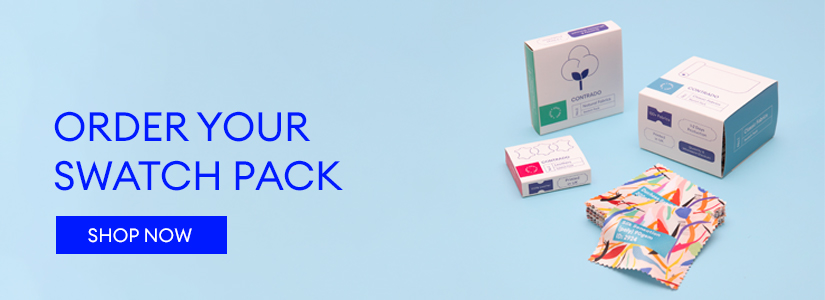


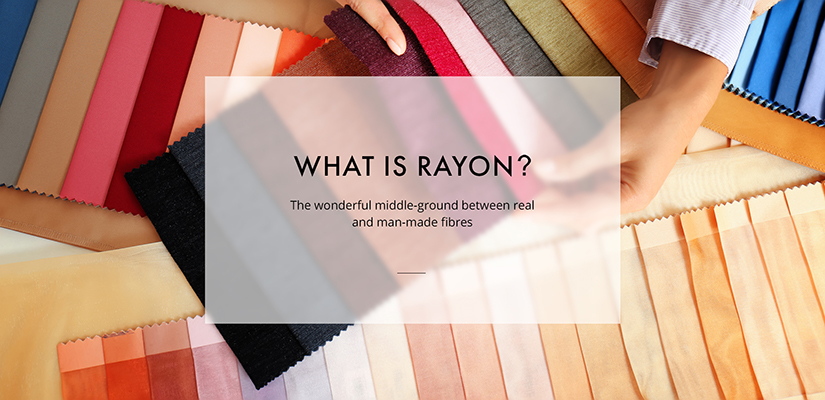
Hi Kaity my name is Kenny. I have a Singer sewing machine and help me with incompetence. I am having trouble placing the serial # anywhere in the chart. The serial # reads K1010658. If you could give some insight I’d appreciate it. Thanks
Hi Kaity.
I just read your article on Rayon. I love rayon. I love the feel, drape and the great price. However, recently I have been researching a great many articles about the dangers of rayon to the environment, but also to the workers who produce it. You had one line which mentions this. “Manufacturing method is harmful to the environment and to the safety of the workers if the chemicals used are not handled carefully.” We’ve known since the early 1900s that the chemicals in this process cause severe mental issues with the workers, not to mention all of the pollutants. Please correct me if I’m wrong, but I believe that the process used is not EPA approved and can not be made in the US anymore. I believe it’s predominantly made in China now. The bright side is that Lyocell, made from the eucalyptus plants , is a rayon which doesn’t use dangerous chemicals that hurt the environment and the workers. My hope is that the process will be changed for other forms of rayon so that they can be safe like Lyocell. I think people should know this information though. I’ve even been reading that some higher end brands who want to be more eco-friendly, are moving towards alternatives.